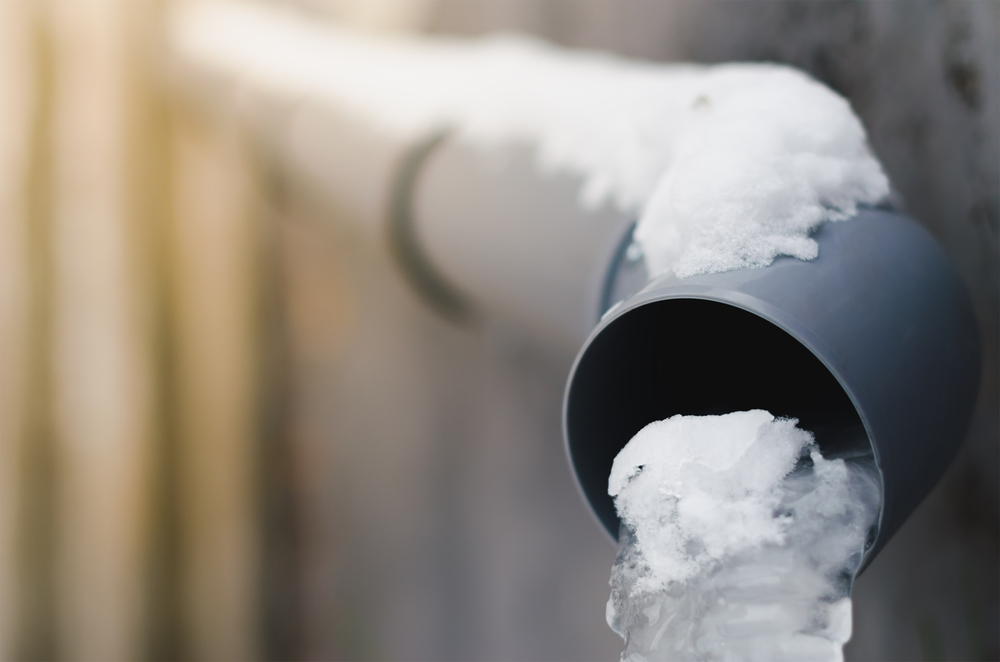Were you trying to locate information and facts on Helpful Tips to Prevent Frozen Pipes this Winter?

Winter can ruin your plumbing, especially by freezing pipes. Below's how to stop it from taking place and what to do if it does.
Intro
As temperatures decline, the risk of icy pipelines increases, potentially bring about expensive repair work and water damage. Recognizing how to avoid frozen pipes is critical for property owners in cool environments.
Comprehending Icy Pipelines
What creates pipelines to ice up?
Pipes freeze when exposed to temperature levels listed below 32 ° F (0 ° C) for prolonged durations. As water inside the pipes ices up, it broadens, taxing the pipe wall surfaces and possibly causing them to burst.
Risks and problems
Frozen pipelines can cause water disruptions, building damage, and pricey repair services. Burst pipes can flooding homes and cause extensive structural damages.
Indications of Frozen Pipeline
Recognizing icy pipes early can prevent them from rupturing.
How to recognize icy pipes
Try to find lowered water flow from faucets, unusual odors or noises from pipes, and visible frost on subjected pipelines.
Avoidance Tips
Shielding prone pipes
Wrap pipelines in insulation sleeves or use warm tape to shield them from freezing temperatures. Concentrate on pipes in unheated or outside areas of the home.
Heating methods
Keep indoor areas adequately heated up, specifically locations with plumbing. Open cabinet doors to enable cozy air to circulate around pipes under sinks.
Protecting Outdoor Plumbing
Garden pipes and outside taps
Separate and drain yard pipes before winter. Install frost-proof faucets or cover exterior faucets with shielded caps.
What to Do If Your Pipes Freeze
Immediate actions to take
If you think icy pipes, maintain faucets open up to ease stress as the ice melts. Make use of a hairdryer or towels soaked in warm water to thaw pipelines slowly.
Long-Term Solutions
Structural adjustments
Consider rerouting pipelines away from exterior walls or unheated areas. Add extra insulation to attic rooms, cellars, and crawl spaces.
Updating insulation
Invest in top notch insulation for pipes, attic rooms, and wall surfaces. Appropriate insulation helps preserve regular temperature levels and minimizes the threat of frozen pipelines.
Verdict
Protecting against frozen pipes calls for proactive procedures and quick responses. By understanding the causes, indicators, and safety nets, property owners can protect their plumbing throughout winter.
5 Ways to Prevent Frozen Pipes
Drain Outdoor Faucets and Disconnect Hoses
First, close the shut-off valve that controls the flow of water in the pipe to your outdoor faucet. Then, head outside to disconnect and drain your hose and open the outdoor faucet to allow the water to completely drain out of the line. Turn off the faucet when done. Finally, head back to the shut-off valve and drain the remaining water inside the pipe into a bucket or container. Additionally, if you have a home irrigation system, you should consider hiring an expert to clear the system of water each year.
Insulate Pipes
One of the best and most cost-effective methods for preventing frozen water pipes is to wrap your pipes with insulation. This is especially important for areas in your home that aren’t exposed to heat, such as an attic. We suggest using foam sleeves, which can typically be found at your local hardware store.
Keep Heat Running at 65
Your pipes are located inside your walls, and the temperature there is much colder than the rest of the house. To prevent your pipes from freezing, The Insurance Information Institute suggests that you keep your home heated to at least 65 degrees, even when traveling. You may want to invest in smart devices that can keep an eye on the temperature in your home while you’re away.
Leave Water Dripping
Moving water — even a small trickle — can prevent ice from forming inside your pipes. When freezing temps are imminent, start a drip of water from all faucets that serve exposed pipes. Leaving a few faucets running will also help relieve pressure inside the pipes and help prevent a rupture if the water inside freezes.
Open Cupboard Doors
Warm your kitchen and bathroom pipes by opening cupboards and vanities. You should also leave your interior doors ajar to help warm air circulate evenly throughout your home.

We are very excited about How to prepare your home plumbing for winter weather and I really hope you appreciated the entry. If you please take the opportunity to distribute this content if you liked it. We thank you for your readership.
About